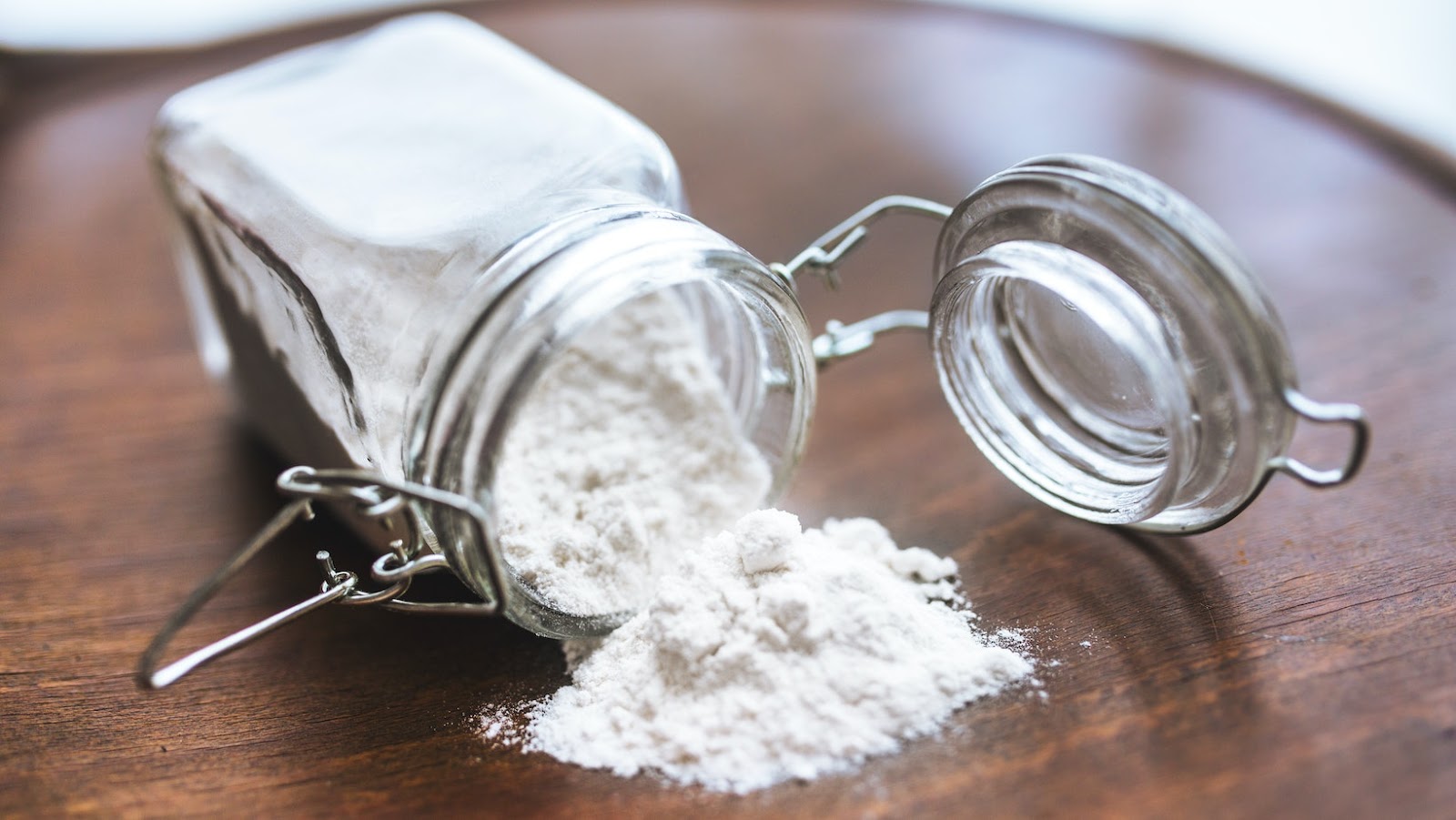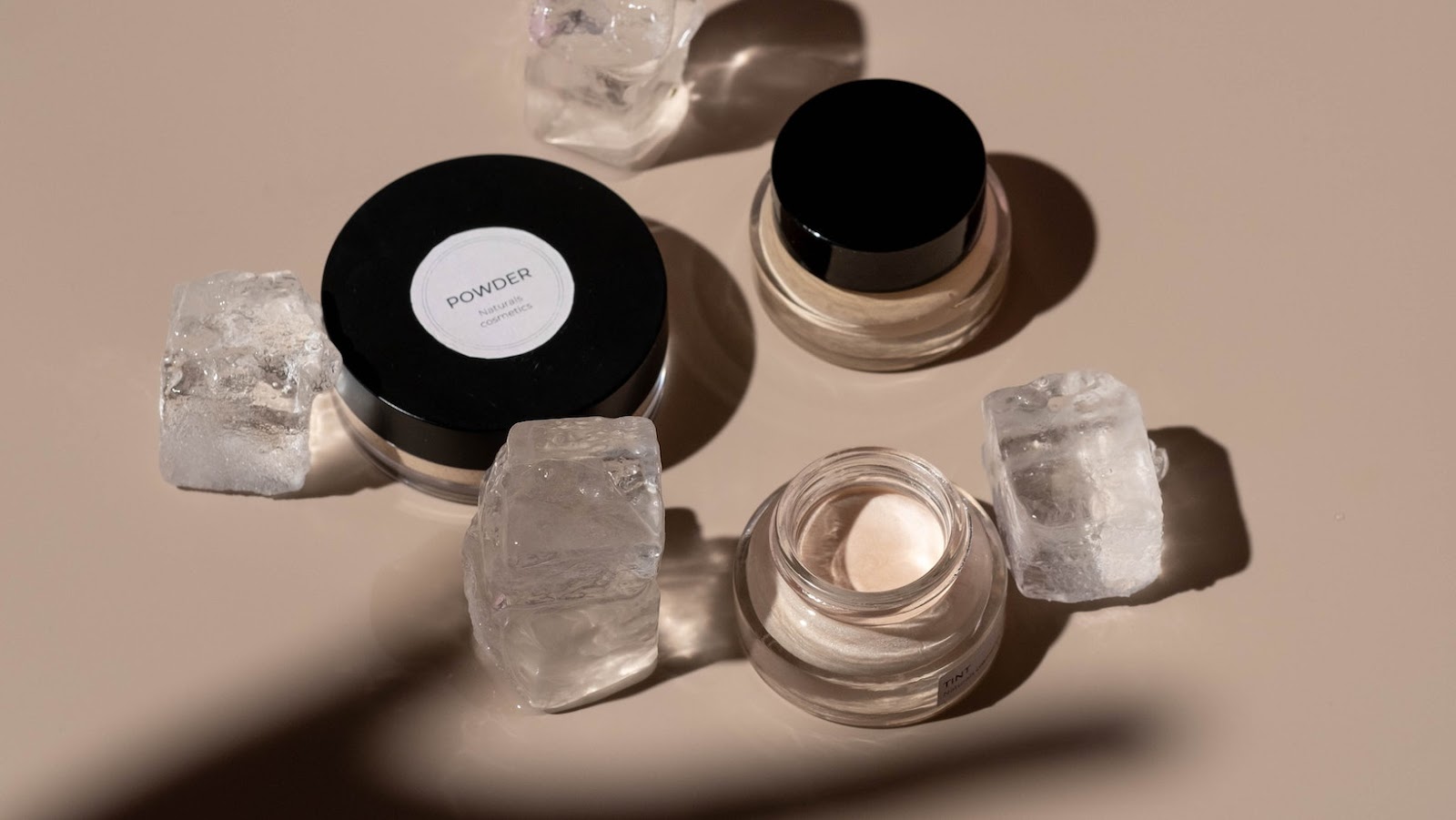
Talcum powder is a common household product that has been used for decades in personal hygiene routines. However, recent studies have linked the use of talcum powder to an increased risk of ovarian cancer. This has caused concern among many women who have used talcum powder for years. So, how can you protect yourself from talcum powder cancer risks? In this blog post, we will explore the potential dangers of talcum powder and provide tips on how to safeguard your health.
Talcum Powder and Cancer: Understanding the Risk
Talcum powder is a commonly used cosmetic product that is made from talc, a mineral composed of magnesium, silicon, and oxygen. It is widely used as a body powder to absorb moisture and reduce friction. However, recent studies have linked the use of talcum powder to an increased risk of ovarian cancer and lung cancer.
To protect yourself from talcum powder cancer risks, it is important to understand the potential dangers associated with the use of this product. According to the American Cancer Society, talc particles can travel through the female reproductive system and become embedded in the ovaries, leading to the development of cancer cells. In addition, inhaling talc powder can cause lung damage and increase the risk of lung cancer.
To minimize your exposure to talcum powder, consider using alternative products that do not contain talc. There are many natural and organic body powders available that use alternative ingredients such as cornstarch, arrowroot powder, or baking soda. These products are just as effective at absorbing moisture and reducing friction, without the potential health risks associated with talcum powder.
If you choose to continue using talcum powder, it is important to apply it carefully and avoid inhaling the powder. You can apply the powder to your hands first, and then apply it to your body, rather than directly applying it to your skin. You can also use a talc-free body powder applicator to reduce the risk of inhaling the powder.
How to File a Talcum Powder Cancer Lawsuit?
Talcum powder cancer risks can be a scary thing to think about, but luckily there are ways to protect yourself from them. The most important thing to remember is that talcum powder can be hazardous if it contains asbestos or is otherwise contaminated. It is important to know if your talcum powder contains asbestos and if so, to stop using it immediately. Additionally, it is important to understand the potential risks associated with talcum powder and to take steps to protect yourself.
First, it is important to understand that talcum powder can be dangerous if it contains asbestos. Asbestos is a known carcinogen, meaning that it can cause cancer. Asbestos is often found in talcum powder products and can be inhaled when the product is used. Therefore, it is important to use only talcum powder products that have been tested and found to be asbestos-free. Additionally, it is important to be aware that talcum powder products can also be contaminated with other dangerous substances, such as lead or arsenic.

Second, it is important to take steps to protect yourself from talcum powder cancer risks. One way to do this is to use a product that is labeled as “talc-free.” Additionally, it is important to avoid using talcum powder on the genitals or in the genital area, as this can increase the risk of developing ovarian cancer. Finally, it is important to consult with your doctor to discuss any potential risks associated with talcum powder products.
Finally, it is important to understand how to file a talcum powder cancer lawsuit if you believe that you have been harmed by the product. If you have been diagnosed with cancer and believe it was caused by contaminated talcum powder, you may be eligible for compensation. There are a number of law firms that specialize in talcum powder cancer lawsuits, and they can provide you with information on how to pursue a claim. Additionally, it is important to note that it is important to file a lawsuit within a certain time frame, as the statute of limitations may apply.
Overall, talcum powder cancer risks can be a scary thing, but it is important to take steps to protect yourself. It is important to understand that talcum powder products can contain asbestos, and to use only products that are labeled as “talc-free.” Additionally, it is important to take steps to avoid using the product on the genitals or in the genital area and to consult with your doctor about potential risks associated with talcum powder. Finally, if you have been diagnosed with cancer and believe it was caused by contaminated talcum powder, you may be eligible to file a talcum powder cancer lawsuit.
Filing a talcum powder cancer lawsuit can be a complicated process. It is important to understand the legal basis of a talcum powder cancer lawsuit, the steps involved in filing a claim, and the possible outcomes.
Legal Basis of a Talcum Powder Cancer Lawsuit
The legal basis of a talcum powder cancer lawsuit is that the manufacturer of the product was negligent in warning consumers of the potential risks associated with talcum powder use. Talcum powder has been linked to an increased risk of developing ovarian cancer, but manufacturers have failed to properly warn consumers of this risk.
Steps Involved in Filing a Claim
The first step in filing a talcum powder cancer lawsuit is to consult with an experienced attorney. An attorney can review the facts of the case and advise the claimant of their legal options. The claimant must then file a lawsuit against the manufacturer of the talcum powder. This can be done by submitting a complaint to the appropriate court. The complaint must include information about the product, the claimant’s medical history, and the facts of the case. The manufacturer of the talcum powder may then file a response to the complaint. The manufacturer may argue that the product was not defective and that the claimant did not suffer any harm as a result of using the product.
Possible Outcomes
The outcome of a talcum powder cancer lawsuit will depend on the facts of the case. If the claimant is able to prove that the manufacturer was negligent in warning consumers of the potential risks associated with talcum powder, the claimant may be awarded financial compensation. In some cases, the manufacturer may attempt to settle the case out of court. This is often done to avoid a lengthy and expensive court battle. If the claimant is willing to accept the settlement offer, they may be able to receive compensation without ever having to go to court.
Filing a talcum powder cancer lawsuit can be a complex process. It is important for claimants to understand the legal basis for the claim, the steps involved in filing a lawsuit, and the possible outcomes. Consulting with an experienced attorney is the best way to ensure that the claim is handled properly and that the claimant receives the compensation they deserve.
Tips for Choosing Talc-Free Products
Talcum powder has been a popular personal care product for years, but recent studies have linked its use to an increased risk of ovarian cancer. As a result, many people are looking for talc-free alternatives to protect themselves from these cancer risks. Here are some tips for choosing talc-free products:
1. Read the Label: Before purchasing any product, it’s important to read the label to make sure that it doesn’t contain talc. Look for products that specifically state that they are talc-free.
2. Check the Ingredients: Even if a product doesn’t contain talc, it may contain other ingredients that can be harmful. Check the ingredients list to ensure that it doesn’t contain any harmful chemicals.
3. Look for Natural Alternatives: There are many natural alternatives to talc that can be used in personal care products. Look for products that contain ingredients like cornstarch, arrowroot powder, or baking soda.
4. Research Brands: Not all brands are created equal when it comes to talc-free products. Do your research to find brands that are committed to using safer, natural ingredients.
5. Consider the Source: Some talc-free products are made from materials that may still pose risks. For example, some cornstarch is made from genetically modified corn. Look for products that are sourced from safe, sustainable materials.
The Link Between Ovarian Cancer and Talcum Powder: What You Need to Know
Talcum powder, also known as baby powder, has been a common household item for decades. It is primarily used for its moisture-absorbing and odor-reducing properties. However, recent studies have linked the use of talcum powder to an increased risk of ovarian cancer in women. In this article, we will discuss what you need to know about the link between ovarian cancer and talcum powder and how you can protect yourself from the associated risks.
Understanding the Link Between Talcum Powder and Ovarian Cancer
Talcum powder is made from talc, which is composed of magnesium, silicon, and oxygen. Some talc deposits are contaminated with asbestos, a known carcinogen. When talc is mined, it can be contaminated with asbestos, which is why some talc-based products have been found to contain asbestos fibers.

When talcum powder is applied to the genital area, particles can travel through the reproductive system and into the ovaries. The use of talcum powder in this area has been linked to an increased risk of ovarian cancer. The International Agency for Research on Cancer (IARC) has classified the use of talcum powder in the genital area as “possibly carcinogenic to humans.”
Steps to Take to Minimize Talcum Powder Exposure
Talcum powder has been linked to ovarian and lung cancer in some cases. While there is no conclusive evidence linking talcum powder to cancer, it is still important to take steps to minimize your exposure to this product. Here are some steps you can take to protect yourself from talcum powder cancer risks:
1. Read the label: Before using any product that contains talcum powder, read the label carefully. Look for any warning signs or indications of cancer risks. If you are unsure about the safety of the product, consult with your doctor or a healthcare professional.
2. Avoid using talcum powder on sensitive areas: Talcum powder should not be used on sensitive areas such as the genitals or breasts. These areas are more prone to cancer risks, and using talcum powder on them can increase your risk of developing cancer.
3. Use alternatives: There are many alternatives to talcum powder that you can use. For example, you can use cornstarch or arrowroot powder as a natural alternative. These products are safer and do not have any cancer risks.
4. Choose talcum powder products carefully: If you still choose to use talcum powder, make sure to choose products that are free from asbestos. Asbestos is a known carcinogen and can increase your risk of developing cancer.
5. Store talcum powder away from children: Talcum powder should be stored away from children and pets. It can be harmful if ingested or inhaled and can increase the risk of
The Importance of Reading Labels When Choosing Personal Care Products
Talcum powder is a common ingredient in many personal care products, including baby powders, body powders, and cosmetics. Recent studies have linked talc to an increased risk of ovarian cancer and other health problems. Therefore, it is essential to read the labels of personal care products and look for talc-free alternatives.
What to Do If You Have Been Exposed to Talcum Powder and Are Concerned About Your Health
Talcum powder is a common household item that many people use on a daily basis. However, recent studies have linked talcum powder to an increased risk of ovarian cancer and other health problems. If you have been exposed to talcum powder and are concerned about your health, there are several steps you can take to protect yourself.
First, stop using talcum powder immediately. If you have any talcum powder products in your home, dispose of them safely and avoid purchasing any more in the future. Instead, consider using alternative products such as cornstarch-based powders or other natural options.
If you have been using talcum powder for an extended period of time, you may want to speak with your doctor about any potential health risks. Your doctor can help you determine if you need to undergo any screening tests or if there are any other steps you can take to protect your health.
It is also important to stay informed about the latest research on talcum powder and its potential health risks. Keep an eye on news reports and scientific studies related to talcum powder, and be sure to discuss any concerns you may have with your healthcare provider.
In addition, you may want to consider joining a support group for individuals who have been affected by talcum powder-related health issues. These groups can provide emotional support, as well as valuable information and resources to help you stay informed and protect your health.























